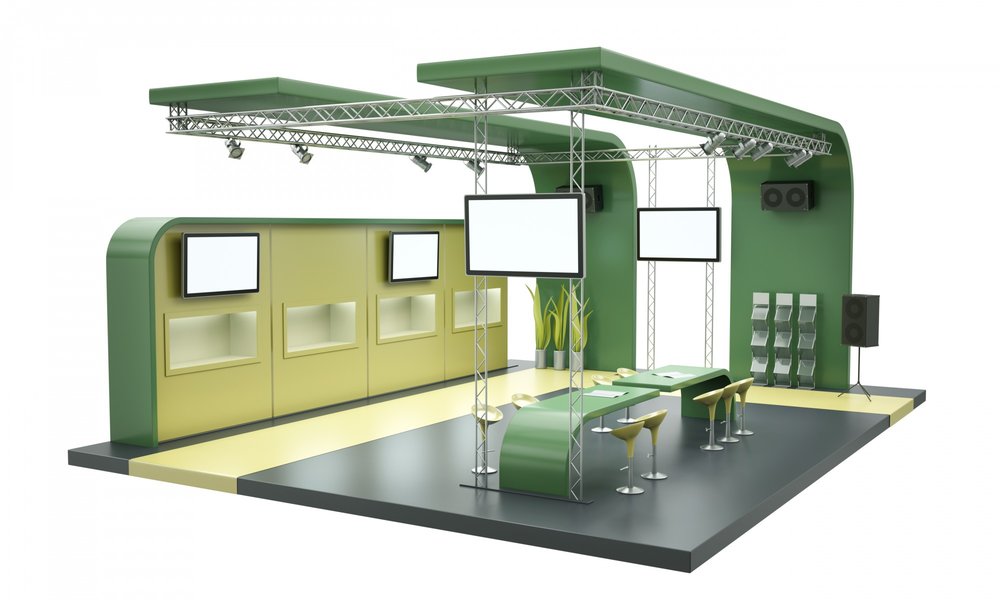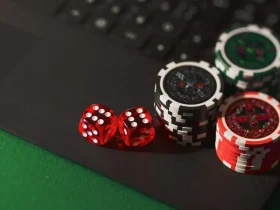This year is a good year for rapid prototyping. With that in mind, here are a few Rapid prototyping methods and projects you may not be familiar with.
Rapid prototyping is taking the world by storm- and for good reason. It is a ground-breaking prototyping method and has seen its adoption numbers soar over the past few years. This means that there is an ever increasing demand for skilled professionals in this field. In a more general sense, rapid prototyping is the design process where a mock-up of the future state of a system, be it software or hardware, is created and validated alongside a broader team of users, stakeholders, developers and designers. The iterative performance of the aforementioned creates a feedback loop that ensures improvement in the final design as well as reduction in the need for changes during development.
With regards to form, these are the processes that usually produce the best rapid prototyping services.
- Stereolithography:Like many other 3D printing processes, this first requires that the part in question be modelled with 3D drawing software. Following this, the geometry of the part can be analysed, divided into cross-sectional layers, and additional supports added as needed. Nowadays, software is designed to add these supports automatically, but the product designer needs to monitor this entire process carefully.
- Fuel deposition modelling:This is the type of 3D printer with which most laymen are now becoming familiar. A spool of thermoforming plastic or solid wire extrudes a supply of raw material to a dispensing nozzle. This nozzle will lay down successive layers of material onto a base platform, but unlike the other techniques mentioned above it is free to move in both the vertical and horizontal directions.
- Laminated Object Manufacturing:Here a series of thin laminates are laid out on a build platform. The laminates can be paper, plastic sheet or metal foil. With each layer, a computer controlled laser or other cutting device traces out the pattern for that layer, cutting away that unwanted excess material. The platform then drops by the thickness of one layer, a new laminate is glued on top and the process continues. This stacking process makes a finished part which is less sophisticated than a SLS or SLM equivalent, but it is cheaper and does not require especially controlled working conditions.
- Digital Light Processing:Another variation on the polymerization of a curable resin, this process is very similar to SLA printing. It thereby cures the resin with a more conventional light source, but it also requires support structures and post-build curing. The process is generally faster and a more shallow reservoir of photo resin can be used which also saves on cost. Like with SLA, the finished part has excellent dimensional tolerances and surface finish.
Rapid Prototyping services are dynamic as they are varied in their procedure and favoured methods. It is always a good idea to properly research your Rapid prototyping partner service on every project.









